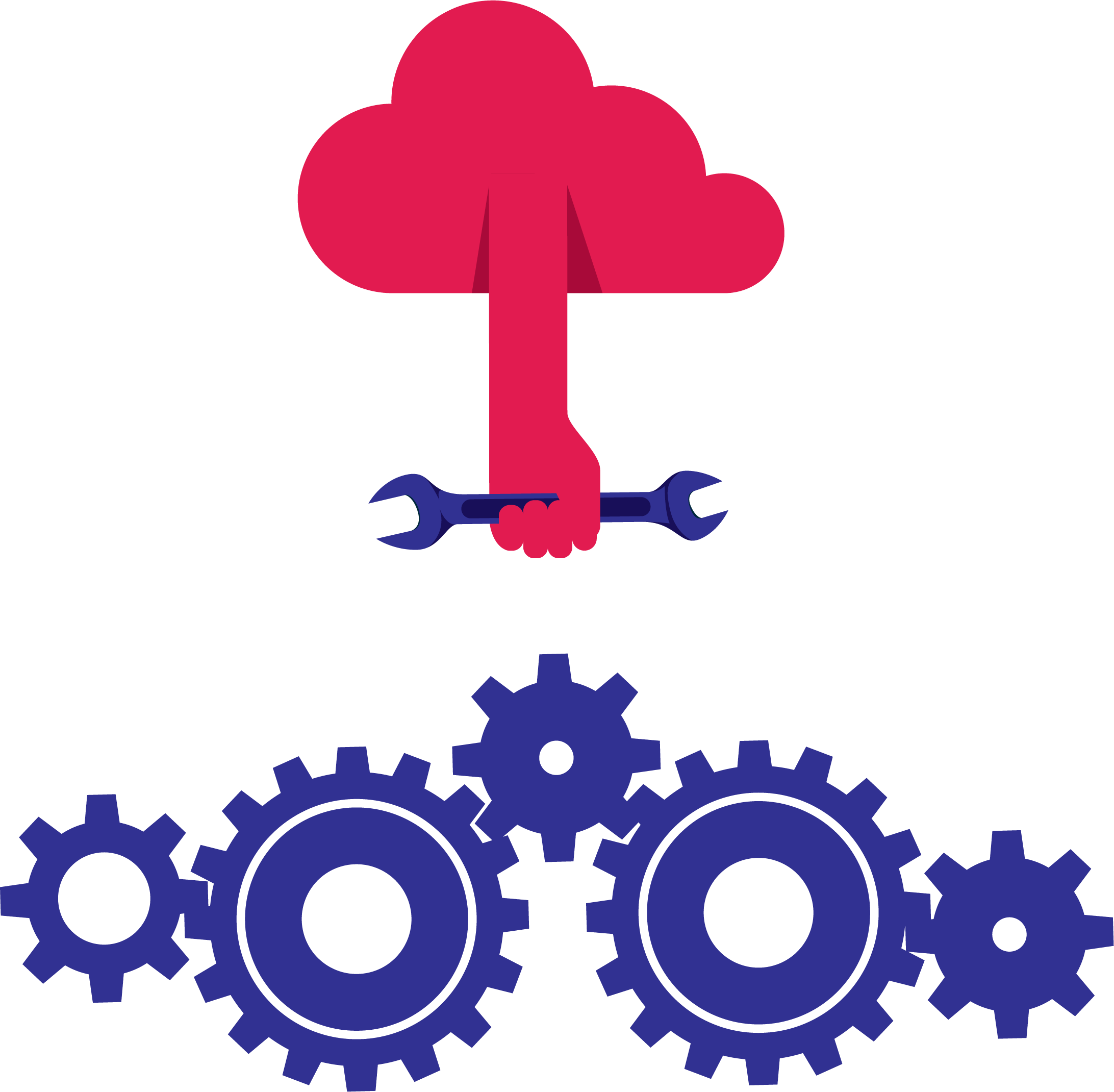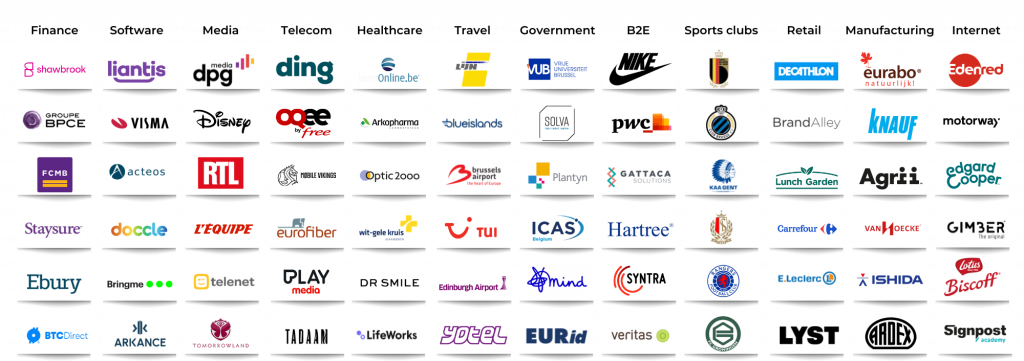This guide will walk you through the best practices for collecting, managing, and analysing customer feedback in a way that’s easy to understand and apply.
Why customer feedback is your secret weapon
Imagine having a direct line to what your customers think—what they love, what bugs them, and what they wish you offered. That’s customer feedback for you. Here’s why it’s crucial:
- Boosts satisfaction: When you understand what drives your customers’ satisfaction, you can tailor your offerings to make them happier.
- Builds loyalty: Customers who feel heard are more likely to stick with your brand and recommend you to others.
- Sparks innovation: Feedback can highlight gaps and inspire improvements or new products.
- Improves team morale: Sharing positive feedback with your team can boost morale and motivation.
Collecting customer feedback: The essentials
Getting useful feedback is all about asking the right people the right questions at the right time. Here’s how to do it:
1. Diversify your channels
Different people prefer different ways to communicate. By using multiple channels, you can capture a wide range of insights:
- Online surveys: Use tools like Surveypal or Google Forms to create surveys that are quick and easy for customers to fill out.
- Social media: Social media platforms are perfect for real-time feedback and quick interactions.
- Email: Send direct surveys through email for more personal feedback.
- Face-to-face: Conducting interviews or focus groups can provide deeper insights.
2. Ask the right questions
Craft questions that help you gather meaningful insights:
- Keep it simple: Use clear, straightforward language that anyone can understand.
- Use open-ended questions: These allow customers to share detailed thoughts and experiences.
Limit the number of questions: Too many questions can lead to survey fatigue, so keep it concise.
3. Timing is everything
Strategically choosing when to ask for feedback can increase response rates:
- After purchases: Ask for feedback shortly after a customer makes a purchase to capture their experience while it’s still fresh.
- Regular check-ins: Periodically request feedback to track changes over time.
Post-interaction surveys: After customer service calls or support interactions, ask for feedback on the experience.
4. Offer incentives
Encouraging feedback can be as simple as offering a small reward:
- Discounts or coupons: A small discount on future purchases can incentivise responses.
- Exclusive access: Give participants access to exclusive content or previews.
- Competitions or raffles: Enter respondents into a draw for a prize.
Managing customer feedback effectively
Once you’ve collected feedback, how you manage it determines how useful it will be:
1. Centralise your data
Keeping all your feedback in one place makes analysis much easier. By utilising systems like Salesforce, HubSpot, or Zendesk, you can consolidate feedback from various sources efficiently.
It’s also important to ensure that your customer feedback tool integrates seamlessly with your existing systems, allowing for a streamlined process. Surveypal excels in this regard, offering flexible integrations with many tools you use every day.
2. Prioritise feedback
Not all feedback is created equal, so focus on what will make the biggest impact. Identify feedback that, if addressed, could significantly boost customer satisfaction. Additionally, segment your feedback by customer value to prioritise insights from your most important customers.
3. Act quickly
Responding swiftly to feedback demonstrates to customers that you value their input. Implementing easy changes quickly can show your responsiveness, while developing a roadmap for more significant changes can address long-term improvements based on the feedback you receive.
4. Close the feedback loop
Letting your customers know how their feedback has led to positive changes is essential. Acknowledge and appreciate the time they took to provide feedback, and make sure to share success stories through newsletters or social media, highlighting the improvements made due to their input.
Analysing customer feedback for insights
Turning feedback into actionable insights is where real value is created:
1. Leverage advanced tools
Tools like Surveypal can help you dive deeper into analysing customer feedback:
- Predictive analytics (via Predictive Performance Score): Surveypal offers a Predictive Performance Score that uses AI-powered analysis of Zendesk ticket data across multiple performance-focused metrics. This helps forecast potential outcomes and highlight areas needing attention.
Contextual analysis: Understand the context behind feedback for more tailored strategies.
2. Identify patterns and trends
Turning customer feedback into actionable insights involves identifying recurring themes that can guide your decisions. Regularly reviewing feedback helps spot emerging trends, allowing you to adjust your approach accordingly. By employing sentiment analysis, you can automatically categorise feedback into positive, negative, or neutral sentiments, providing a clearer picture of your customers’ overall experiences.
3. Measure key metrics
Use metrics to quantify and track customer satisfaction:
- Net Promoter Score (NPS): Measures customer loyalty and their likelihood of recommending your brand.
- Customer Satisfaction Score (CSAT): Assesses satisfaction with specific interactions or aspects of your service.
- Customer Effort Score (CES): Evaluates how easy customers can interact with your business.
4. Adjust departmental strategies based on insights
Use the insights gained to refine and improve your strategies:
- Customer service enhancements: Identify areas for service improvement to enhance the overall experience.
- Product development: Innovate based on customer needs and preferences.
Marketing strategies: Tailor your efforts to align with customer sentiment and feedback.
Tools to enhance your customer feedback strategy
The right tools can significantly boost your feedback efforts. Surveypal, for instance, offers:
- Unified customer feedback platform: Collect and manage feedback from multiple sources without hassle.
- Comprehensive analytics: Gain deep insights into customer satisfaction through robust analytical features.
Secure and compliant: Ensure your feedback data is handled securely and complies with regulations like GDPR.
Surveypal integration with Zendesk
One of the standout features of Surveypal is its seamless integration with Zendesk. This integration allows you to:
- Automate surveys: Trigger surveys automatically based on Zendesk ticket events, ensuring timely and relevant feedback collection.
- Enhance customer support: Use feedback to improve support services by identifying areas needing attention.
- Customise surveys: Tailor surveys to fit specific customer interactions and gather targeted insights.
- Centralise data: Sync feedback directly into Zendesk, enabling your team to access and act on insights without switching platforms.
Partnering for success
Having a partner can make navigating the world of customer feedback easier. Premium Plus, a Zendesk EMEA Partner of the Year, can help you implement Surveypal effectively, ensuring you get the most out of your feedback strategy.
Conclusion
Implementing effective customer feedback practices is your ticket to happier customers and a more successful business. By following these best practices and leveraging tools like Surveypal, you can transform customer feedback into a powerful asset for your business growth.
With these strategies in your toolkit, you’re ready to unlock the full potential of customer feedback. Ready to dive into the world of customer engagement and make your business the best it can be?














